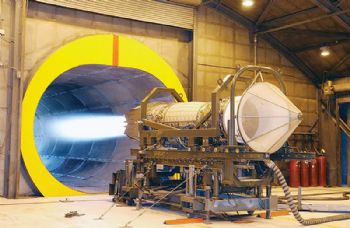
Pratt & Whitney (
www.pw.utc.com) — a division of United Technologies Corp — has revealed the ‘industrialisation of the use of 3-D printing for an aero-engine component’, in what it says is “a first in the maintenance, repair and overhaul (MRO) of commercial engines”.
The 3-D printed part, a fuel system component, is scheduled to be part of the repair process at Pratt & Whitney’s repair specialist in Singapore — Component Aerospace Singapore — by the middle of the year.
This development was the result of a collaborative effort by Pratt & Whitney’s engineering experts and Component Aerospace Singapore, in conjunction with the Land Systems arm of Singapore-based ST Engineering, to deliver ‘faster and flexible repair solutions’ to support Pratt & Whitney engines.
Chin-Huat Sia, principal engineer at Component Aerospace Singapore, said: “3-D printing will be a game-changer for the MRO industry world-wide.
"This technology enables greater flexibility in our inventory management, and both Pratt & Whitney and ST Engineering will now examine how additive manufacturing can be applied for other aviation components and other engine types — and further developed to enable hybrid repairs and realise the full potential of 3-D printing for commercial after-market operations.”
The technical data underpinning the authorised use of the 3-D printed metallic detail in repair, was completed after several rounds of rigorous reviews and discussions.
Tan Chor Kiat, senior vice-president (kinetics design and manufacturing) at ST Engineering, said: “To 3-D print an aero-engine component for a working air turbine engine is a first for us.
"This application also demonstrates our advanced capability to offer a full turn-key manufacturing solution that not only includes production-level 3-D printing, but also post-processes such as heat treatment and machining that jointly meet the stringent requirements of aviation authorities.”